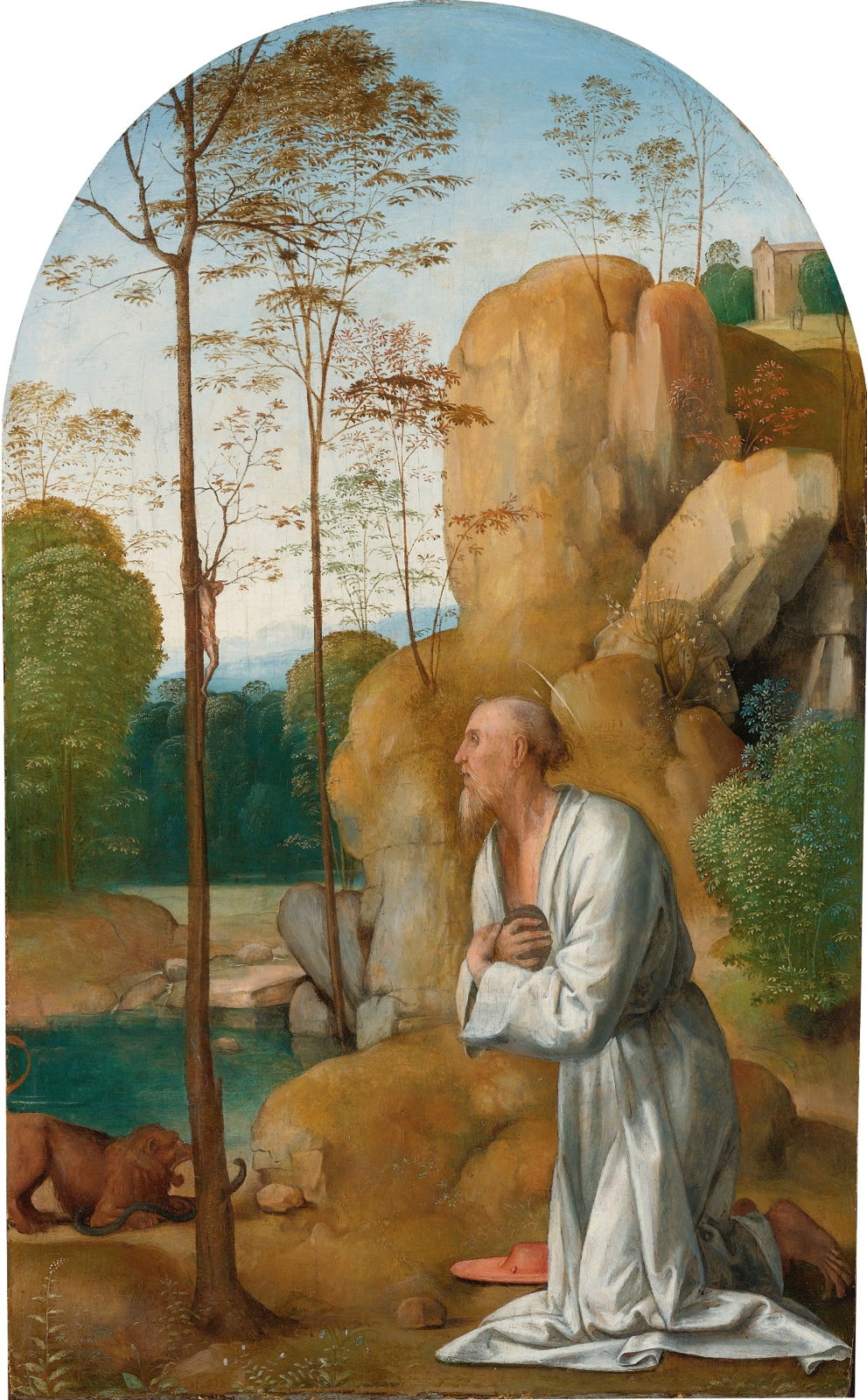Art history doesn’t do much justice to some of the best painters, but so often concentrates on a few who are deemed the very greatest Masters of the day. In his day, Fra Bartolomeo (1472–1517) was on a par with Raphael, and in the same league as Leonardo da Vinci. Yet even my massive two-volume account of Renaissance painters spares him just a few pages.
Later this month is the five hundredth anniversary of Fra Bartolomeo’s death, so I hope you enjoy discovering this great Master of the High Renaissance, and a small selection of his works.
Born as Baccio della Porta, the son of a mule driver in Savignano di Prato, in Tuscany, Italy, he is known today by his later monastic name of Fra Bartolomeo or Bartolommeo, or any of a couple of dozen other names. He started his apprenticeship with a local painter, then moved to nearby Florence, where he studied possibly with Domenico Ghirlandaio (1448-1494) or more probably Cosimo Rosselli (1439-1507). One of his contemporaries there was Piero di Cosimo.
He had apparently completed his apprenticeship and launched his own career by the mid 1490s, and was quickly collaborating with Mariotto Albertinelli (1474-1515), another former pupil of Cosimo Rosselli. It is not always clear when the two collaborated in a painting, because of the similarity of their styles, and from about 1494 they appear to have shared a studio in Florence.

The Annunciation (1497) is visibly one of Bartolomeo’s earliest works, showing the Virgin Mary at the right being told by the angel Gabriel, at the left, that she would conceive Jesus Christ. Bartolomeo’s modelling of flesh is here unsophisticated, but the folds of garments are more advanced, as is his cameo landscape, which suggests influence from the Northern Renaissance. His perspective projection, shown in the floor patterning and the doorways, does not resolve to a single vanishing point either.

Bartolomeo’s modelling of flesh is better, at least in the infants, in his Madonna and Child with the Young Saint John the Baptist, also from about 1497. The Madonna’s clothing is brilliantly modelled, particularly the layers on her right arm and her diaphanous veil, but her hair (and that of the infant John) does not appear natural.
Again, the small glimpses of distant landscape are a real delight
At this time, Florence was not only a centre of arts, which were flourishing in the Renaissance, but was a hotbed of religious and political radicalism. Girolamo Savonarola (1452-1498) was a Dominican friar who openly denounced corruption in the church, despotic rulers, and the exploitation of the poor. He preached Christian renewal, supported the expulsion of the ruling Medici family, and declared that Florence would be the New Jerusalem.
Savonarola was summoned to Rome in 1495, and banned from preaching. He returned to Florence and flouted that ban, even leading processions demanding reform and other public demonstrations. He was excommunicated in 1497, and in 1498 he and two other friars were tried, condemned to death, then hanged and their bodies burned in the Piazza della Signoria in Florence.

Bartolomeo painted this stark Portrait of Girolamo Savonarola, probably in 1498, shortly before the friar was killed. It marks the artist’s own spiritual crisis, which only resolved when he became a monk in 1500.

Penitent Saint Jerome (1498) is my favourite among these early works of Bartolomeo. In just the year or two which had passed since The Annunciation, his modelling of flesh and hair has advanced very visibly. The landscape background is also exceptional, with its very effective aerial perspective, and natural depiction of trees.
Bartolomeo includes some delightful details, including Jerome’s cardinal’s hat, a miniature crucifix worked carefully into a slender tree trunk, and the saint’s attribute of a lion, here fighting a snake (the devil).

Bartolomeo’s tondo of the Adoration of the Child (c 1499) is another fine painting of a very popular Christian scene, with Jesus’ parents paying their respects to the baby.
A variation of the more prescriptive nativity which was often a vehicle for the artist to be less bound by convention, Bartolomeo’s landscape is another joy. In the foreground he has defied seasonal traditions and shows painstakingly-detailed spring flowers, and there is more aerial perspective in the distance too.

In these early years, Bartolomeo also won commissions to paint frescoes, although I have not been able to find any good images of the few that have survived. The Last Judgment was perhaps the last that he completed in 1499, and was subsequently detached and moved. The lower half – which promised to be its more innovative – is now in a very poor state, as shown here. Perhaps sufficient does still remain of it to suggest how wonderful it once would have been.

The Rest on The Flight into Egypt from about 1500 is a more traditional composition showing Mary and Joseph during their journey to Egypt, to escape Herod’s massacre of baby boys. The more distant landscape is less detailed, but Bartolomeo’s donkey and palm trees are delightful.
In 1500, Baccio della Porta, as he still was, became a Dominican friar, and entered the monastery of San Marco the following year. Tragically, in that period he destroyed those of his paintings which he deemed sacrilegious, which apparently included most of his secular works, and some nude figures. He also stopped painting completely.
Reference

